Several years ago, I worked with a major national drugstore to develop a multimedia eLearning program for the implementation of a new pharmacy system. It was one of the most memorable experiences of my career. This large, complex system had robust functionality. We didn’t have the time or budget to train every pharmacy employee on every possible thing the system could do. As a project leader, my biggest challenge was focusing my team on the target learning behaviors to drive the program benefits.
Fortunately, I had learned a handy approach to this dilemma – hone in on the Three C’s. I had my team prioritize the Common, the Critical, and the Catastrophic.
- The Common – as you can imagine, a number of activities happen all day, every day in a pharmacy: capturing data on new prescriptions, calling prescribers to authorize refills, measuring dosages, checking insurance coverage, and collecting payments. Pharmacy employees must be proficient on all these activities, so most of our training scenarios gave plenty of practice with these common tasks.
- The Critical – pharmacy employees deal with confidential health information, which is protected by law. Revealing sensitive information could embarrass a patient and lead to financial liability from fines or lawsuits, so we included learning scenarios that reinforced the importance of maintaining patient confidentiality and carefully protecting privileged information about the patient’s medical conditions and treatment plans.
- The Catastrophic – in the classic movie It’s A Wonderful Life, the town pharmacist, Mr. Gower, suffers tremendous emotional and social distress when George Bailey is not around to prevent him from dispensing the wrong medication and fatally poisoning a patient. This is a very real concern for pharmacists today. They could lose their license and livelihood if a patient is harmed. Because of these potentially catastrophic consequences, our training included showing pharmacists how to check for patient allergies, therapeutic duplications, and adverse interactions between medications. And in all our scenarios, we made sure that all pharmacy employees could validate that they had accurately identified the patient before dispensing medication.
By prioritizing the learning behaviors, we avoided a fire-hose approach and created a cost-effective learning program. Our solution delivered tremendous value to the organization by focusing learners on the essential behaviors. Upon completion of the training, our learners felt confident in handling common situations, protecting critical information, and keeping patients safe.



